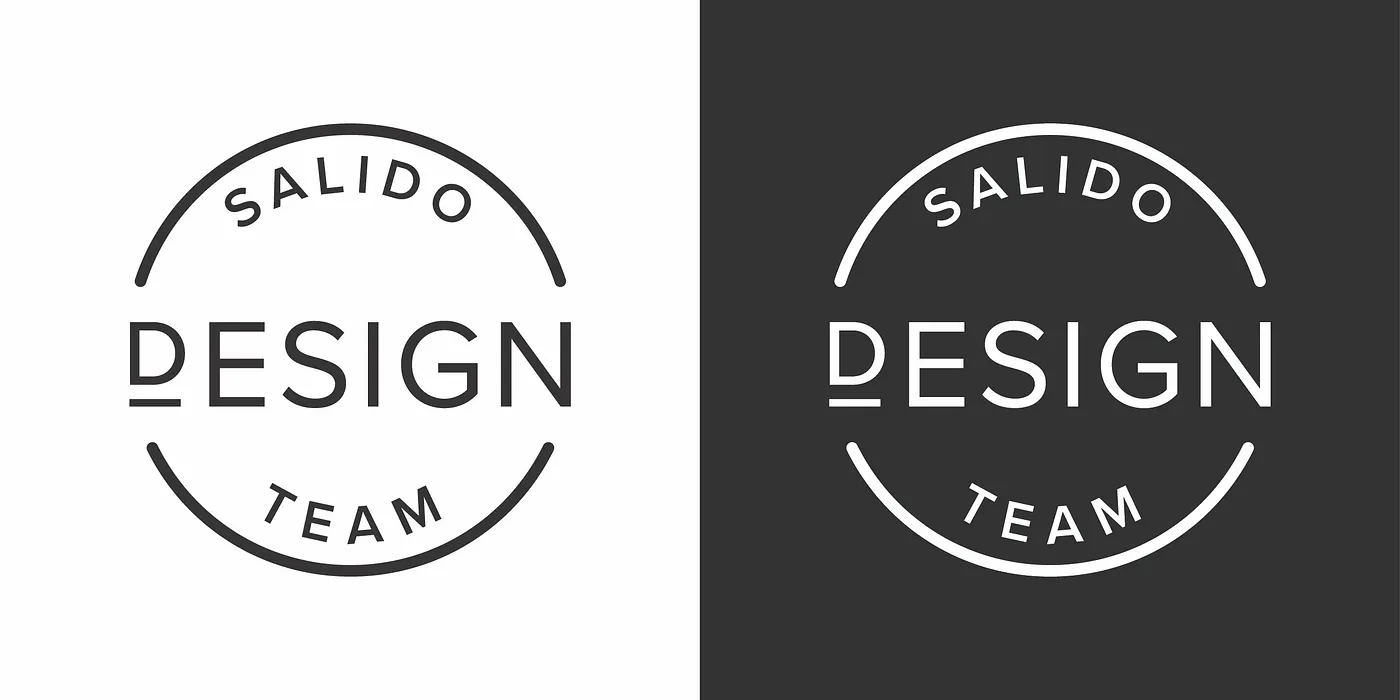Over the years, I’ve been involved in several logo and brand identity projects for specific ad campaigns, new products developed under larger corporations, movies and television series, start-ups, restaurants, and bars. Some of these products have turned out amazing and have stood the test of time, still representing the entities’ mission, values, and overall personality. Others … let’s just say … I wouldn’t claim involvement with the the project due to how the final visual assets turned out. Obviously a logo is just one part of the overall brand identity, but it’s very important to get it right. Read on for some great beginner steps towards success.
1. Define what you want to communicate (and to whom).
Depending on whether you are designing a logo for yourself or a client, it still comes down to asking the right questions. What does this need to represent to an onlooker at first glance? Make a list of the key values you want the logo to represent. What are the demographics of the intended audience? If your logo is intended for senior citizens vs. teens you are going to choose different fonts and shapes that appeal to them.
For example: Our design team decided to brand ourselves within the larger company. We wanted our logo to represent Inspiration, Innovation, Technology, Original thinking. Our audience is the professional design community as we want to be able to put our designs out in the public for feedback and help recruit great talent to grow our team.

2. Research and inspiration.
Fire up your browser and start looking at what’s out there. It’s helpful to start in your industry as usually some sort of trends and commonalities exist (especially in established fields.) A simple color or font choice can be a design element that people will find familiar and can give you credibility — BUT don’t let this put creative blinders on you. Originality can get you further if you are working in an already crowded space and help you be memorable.
3. Sketch (like old school).
Jumping right into Adobe apps, Sketch, or other programs can limit you right off the bat. Perhaps the perfect font you want to use isn’t installed or you have your five go-to tricks you always seem to fall into. Take your ideas in your head and skribble them down. When getting started quantity is better than quality. Get a ton of options and see how things translate from your mind to paper. A lot of times, some of the ideas in your head just won’t work once you get them out — other times something that starts as just some skribbles can evolve into a true winner. I like to shoot for at least 25–50 iterations no larger than 1x1 inches.
4. Testing and feedback.
It’s time to get your precious ideas in front of some eyes. (A client will most likely freak out seeing something in this raw stage so I recommend not bringing them in until the following step.) Other design professionals will give you the best advice in this stage and help you pick your top options to further pursue. The goal is to see if your ideas are communicated clearly in such a basic form. The smart options usually stand out.
5. Refine designs.
Create your top 3 or 4 options in a program like Adobe Illustrator or Sketch. Having artwork in a vector format will allow for exporting it large enough for a billboard or small enough for a business card. Any quality logo should never be dependent on a piece of photography or other element that can not be scaled as it will just pixelate and distort. Design is all about clear communication and no amount of bells and whistles added on with design program filters are going to help. Keep it simple. Drop shadows, reflections, and other embellishments can always be added later once you want to expand the brand look and feel.
Note: Making all your options in black and white at this stage is a smart choice. You don’t want a client to pick one option over the other strictly because they have a vendetta against a certain color. Once the winner is selected making several color options to choose from is easy.
6. Present in multiple formats for review and feedback.
Once you have your logo options completed it’s important to review them in different types of mediums. A logo may look amazing on a t-shirt but if it is shrank down to be the icon for your instagram profile pic it might lose its legibility or detail. A great logo, whether it’s an icon, type, or both will work on all your needs. If you haven’t yet this is also the time to make sure your logo looks great reversed. Optical illusions can happen with negative space so you want to be sure the viewer is seeing what you intended and not stuck in the white or dark space.
Note: Repeat steps five and six as timing and budget allows.
If you follow these steps you can feel assured that your logo design has been given enough contemplation to stand the test of time. Taking feedback and constructive criticism will only make your work better in the end. If by chance you end up in a dictated client art directed final version at least you have your original sketches and ulterior favorites far enough along that you can show off your creative skills and process.
